Chalbanggong Head House (찰방공종택)
11.3Km 2024-12-20
23-8 , Songsogotaek-gil, Cheongsong-gun, Gyeongsangbuk-do
+82-54-873-6502, +82-10-9502-7611
Chalbanggong Head House, located in Cheongsong-gun, Gyeongsangbuk-do, was built in 1933 and is the head house of the 9th generation of Cheongsong Sim, Eun-gong Ak. Formerly used as a school, it is now a local cultural heritage centre. The U-shaped layout and the north gate are unique, and facing the entrance is the Songso Old House, comprising 99 rooms with traditional Korean wall paper and bedding. There is a wood-burning ondol room, a large yard, and a kitchen garden - a quiet, relaxing spot where you can hear only the sound of the wind and the birds.
Song jeong Historic House (송정고택)
11.3Km 2024-12-20
15-1 , Songsogotaek-gil, Cheongsong-gun, Gyeongsangbuk-do
+82-54-873-6695, +82-10-3891-2622, +82-10-8746-6690
Songjeong Old House in Deokcheon Village, Cheongsong-gun, Gyeongsangbuk-do, is an ‘ㅁ’-shaped hanok and one-time home of Sim Sang-gwan, a wealthy gentleman of the early 20th century. The house is notable for its incorporation of the library used by Shim Sang-gwang. To the right is Songso's house and to the left a trail leading to a water well and a pine forest. The Korean-style rooms are ondol-heated with traditional wallpaper and natural cotton duvets. There’s a spacious yard where traditional Korean music can be heard, while the annual Old House music concerts are very popular.
Songso House (청송 송소고택)
11.3Km 2021-10-25
15-2, Songsogotaek-gil, Cheongsong-gun, Gyeongsangbuk-do
+82-54-874-6556
Located in Cheongsong, Gyeongsangbuk-do, Songso House also known as "Sim Wealthy Family House" was built around the 1880s. The house has all the features of a typical aristocrat house during the Joseon dynasty, consisting of a large sarangbang (main building) and individual chambers with a square-shaped front yard at their center.
The complex has an annex building on the side, where it has been renovated and now used as a guesthouse for travelers. Visitors spending a night at this traditional building can enjoy the quiet and peaceful atmosphere, as well as try out playing various traditional games.
Three Falls of Juwangsan Mountain (주왕산 1.2.3 폭포)
11.7Km 2024-02-13
24 Sangui-ri, Juwangsan-myeon, Cheongsong-gun, Gyeongsangbuk-do
Above Haksodae Cliff in Juwangsan Mountain lie three enchanting waterfalls. The first of these falls goes by the name of Yongchupokpo Falls, where water gracefully meanders through a gorge, enveloped by encircling rocks. Roughly one kilometer further upstream, you'll encounter Jeolgupokpo Falls, accompanied by the tranquil Seonnyeotang Pond below. To the left of Jeolgupokpo Falls stands the grandeur of Yongyeonpokpo Falls, the largest and most magnificent among them. Yongyeonpokpo Falls is also famously referred to as Ssangyongchupokpo Falls, denoting its two distinct torrents of water ('ssang' meaning 'two,' and 'yongchu' signifying 'pond' in Korean). A well-maintained trekking path welcomes visitors, allowing them to explore and ascend to witness these three falls, with a gentle incline that is easily traversed by visitors of all ages.
Daejeonsa Temple (대전사)
12.3Km 2023-04-17
226, Gongwon-gil, Cheongsong-gun, Gyeongsangbuk-do
+82-54-873-2908
Daejeonsa Temple is said to have been built by Great Monk Uisang in the 12th year of King Munmu’s reign (672). It was rebuilt in the 13th year of King Hyeonjong’s reign (1672) after a fire destroyed the original temple complex during the Imjin War (1592-1598). During work to renovate Bogwangjeon Hall in 1976, a text that had been put up with the ridge beams was found. Bogwangjeon Hall is a small building and its ceiling is in the shape of a Chinese character that symbolize with the meaning "well" or "pavilion" that looks similar to the sharp(#) symbol. A Birojanabul Buddhist statue is enshrined in the hall.
Juwangsan National Park (주왕산국립공원)
12.6Km 2023-03-13
169-7, Gongwon-gil, Cheongsong-gun, Gyeongsangbuk-do
+82-54-870-5300
Juwangsan Mountain (alt. 720.6 m) is located in the Baekdudaegan Mountain Range, the backbone of the Korean peninsula. The mountain features deep valleys and many sheer rock cliffs to make it the third-largest rocky mountain in the country. Juwangsan Mountain was recognized as a tourist attraction on May 30, 1972, and became the 12th national park a few years later on March 30, 1976. The park is relatively small, filling in an area of just 105.582 ㎢ but it is great for a leisure walk with walking trails along the valleys up to waterfalls.
Juwangsan Mountain was called Seokbyeongsan Mountain during the Silla dynasty due to the many stone peaks jutting out but has been called Juwangsan Mountain since the Unified Silla period. In addition to these tall rocky peaks, Juwangsan National Park also includes four waterfalls, caves, Daejeonsa Temple, and other attractions for a comprehensive tourist site.
Supullim (수풀림)
12.7Km 2024-12-10
This café is located at the entrance of Juwangsan National Park and is also famous for its Juwangsan Mountain view. The view of Juwangsan Mountain is even better from the second floor. The signature menus here are handmade ssanghwacha (medicinal herb tea) and injeolmi patbingsu (shaved Ice with red beans and injeolmi). The café is a great place to stop by to enjoy the scenery of Juwangsan Mountain before or after the hike. This place also operates as a rattan workshop, showcasing and selling handmade rattan items.
Juwangsan Mountain Seongcheondaek
12.8Km 2021-04-09
12, Seodang-gil Cheongsong-eup, Cheongsong-gun, Gyeongsangbuk-do
+82-10-6711-6427
Seongcheondaek House with about 300 years' history is an old hanok guesthouse located in Cheongun-ri at the entrance to Juwangsan Mountain, which can be reached by driving along Yongjeoncheon Stream from Cheongsong County in Gyeongsangbuk-do. With the tranquil surrounding atmosphere among houses in the alley, the house features a typical square-shaped structure of the mountain region.
Seongcheondaek House is presumed to have been bought by Im Chun-seop, a high-ranking official during the reign of King Gojong (r. 1863-1907) of the Joseon Dynasty, but its exact construction date is unknown. It was designated as National Folklore Cultural Heritage No. 172 in 1984.
This cozy hanok house consists of the main gate with straw-thatched roof, square-shaped Anchae (Women’s Quarters), middle gate, Sarangbang (master’s room), tea room, old stable, Daecheongmaru (hall between rooms) overlooking the courtyard with beautiful scenery, and so on. In particular, guests can enjoy a romantic atmosphere from Daecheongmaru by appreciating the scene of falling raindrops or melting snow from the edges of the eaves.
The Munganchae (gate building) consisting of a bathroom and a kitchen has a straw-thatched roof and a renovated interior for the guests’ convenience. The square-shaped Anchae is composed of two guestrooms (Sarangbang and Anbang) and a reading room (Utbang). The rooms feature a traditional construction style with cozy and clean interior items including a small wooden table as well as clean beddings. In addition, a kitchen is situated in front of Anbang, displaying traditional kitchen appliances including a fireplace and two large iron pots, unlike a modern-style kitchen in Munganchae. Daecheongmaru of Anchae offers an open view of the outdoor landscape through two large wooden windows. In addition, a deep groove in the middle of the yard in front of Daecheongmaru catches one’s eyes. The groove is said to have been made due to the rubbing of the foot on the ground when weaving hemp cloth hundreds of years ago.
Guests can enjoy relaxation both during daytime and nighttime under a starry sky in the yard where a small wooden bedstead and a stone table are situated. Moreover, the house provides folk games such as neolttwigi (Korean see-sawing game) and tuho (pitch-pot) as well as the family art therapy program wherein family members can understand each other better through a painting and drawing activity. Surrounding tourist attractions include Juwangsan National Park and Jusanji Reservoir.
Cheongsong Folk Museum (청송민속박물관)
13.3Km 2022-08-05
222, Juwangsan-ro, Cheongsong-gun, Gyeongsangbuk-do
+82-54-874-9321
Cheongsong Folk Museum was opened in 1999 to promote the history, culture, and customs of the region. The three-story museum offers indoor & outdoor exhibition halls.
The indoor exhibition halls showcase educational materials related to farming and the customs of Cheongsong. Exhibitions - such as the Traditional Guest Room, Weaving Room, Items of Everyday Use, and Cheongsong Porcelain - offer glimpses of how people lived in the past. The outdoor exhibition space reproduces a traditional tavern, waterwheel, millstone operated by a horse or ox, monument to ward off misfortunes and protect prosperity, and natural stones used for worship, with which visitors can experience farm life in the past.
Songi Garden (송이가든)
14.1Km 2024-02-13
504 Juwangsan-ro, Juwangsan-myeon, Cheongsong-gun, Gyeongsangbuk-do
054-874-0066
Songi Garden, a Korean restaurant positioned near the Juwangsan Tourist Complex, is celebrated for its healthy cuisine, crafted using fresh, locally sourced produce. The restaurant's standout dish, beoseot jeongol (mushroom hot pot), is particularly noteworthy for its flavorful yet light broth, brimming with an assortment of mushrooms. This culinary experience can be complemented with visits to nearby attractions such as the Cheongsong White Porcelain Experience Center and the Cheongsong Flower Stone Museum, making for a well-rounded exploration of the area's cultural and gastronomic offerings.
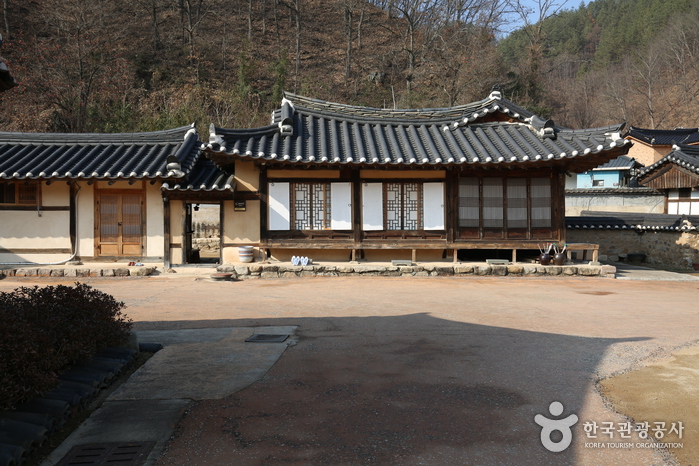

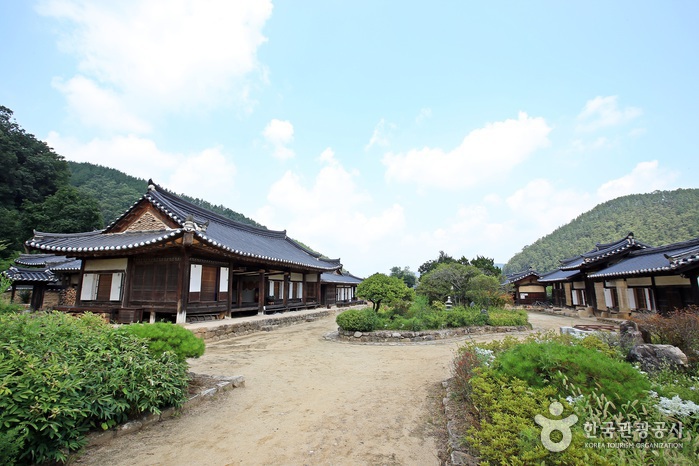
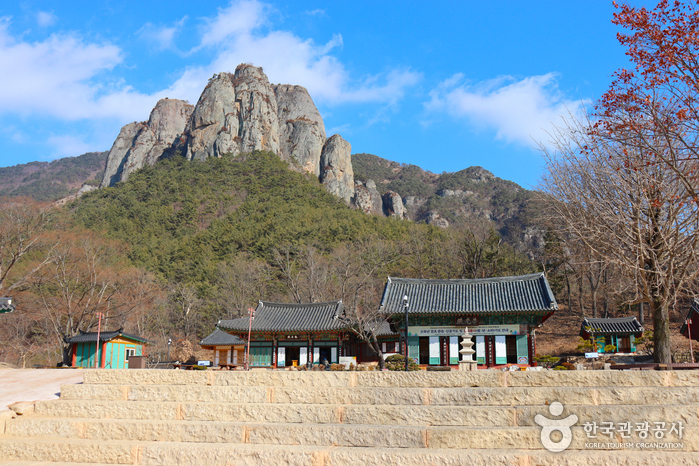
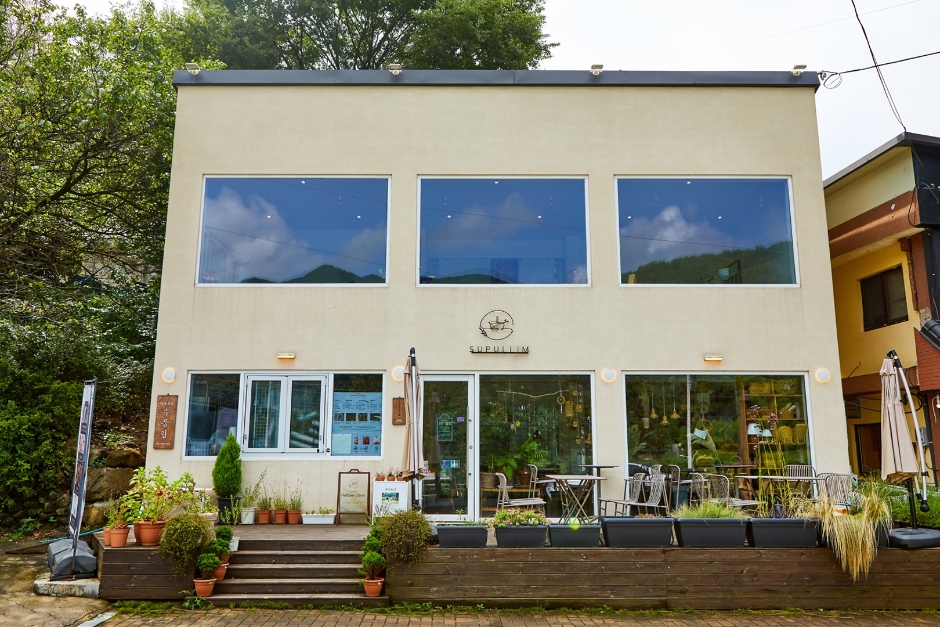
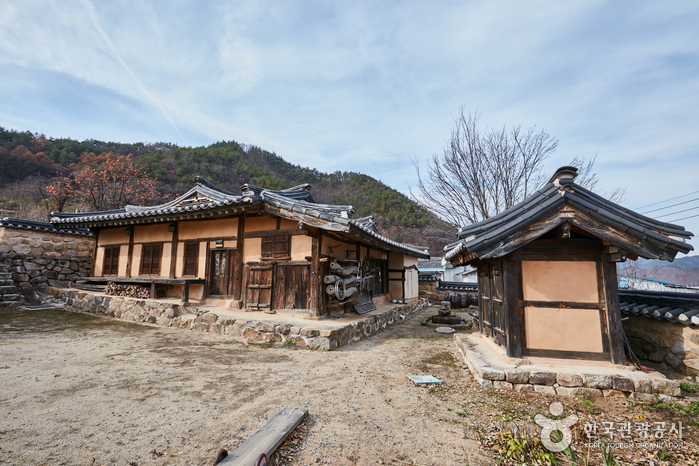
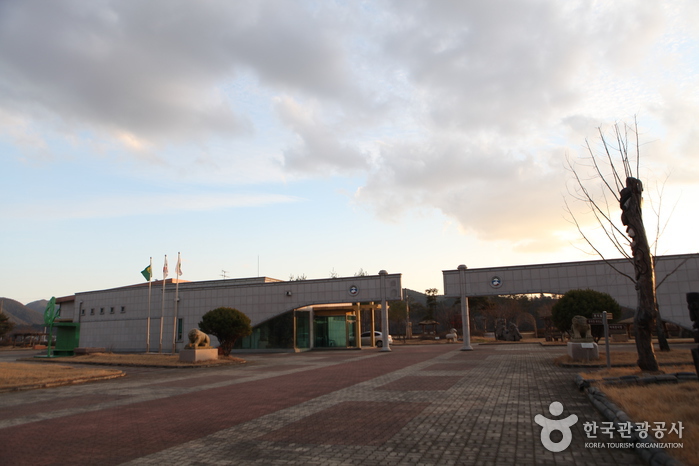
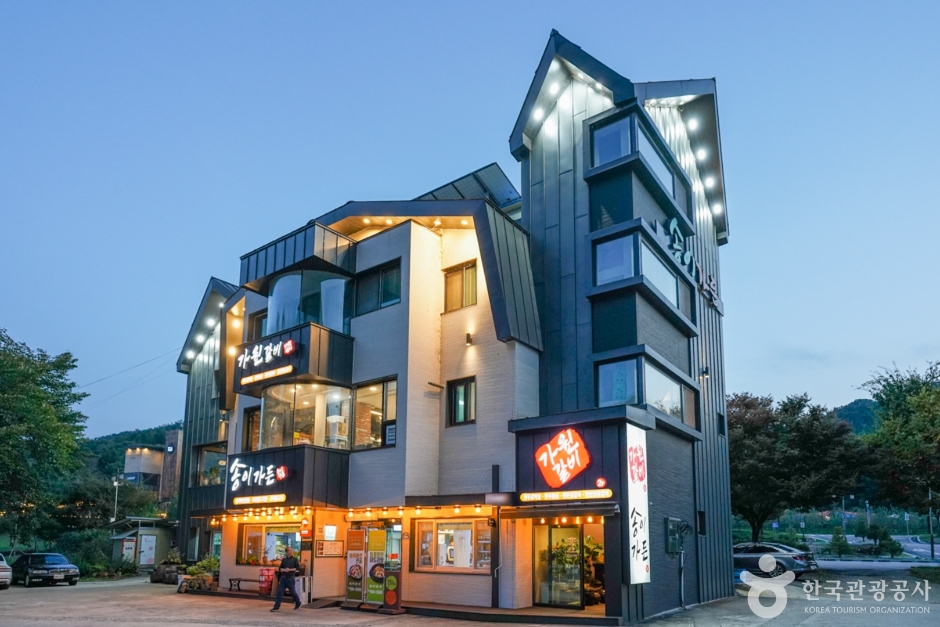
 English
English
 한국어
한국어 日本語
日本語 中文(简体)
中文(简体) Deutsch
Deutsch Français
Français Español
Español Русский
Русский